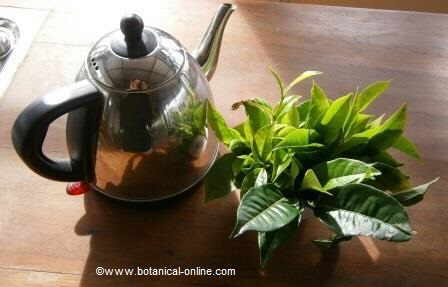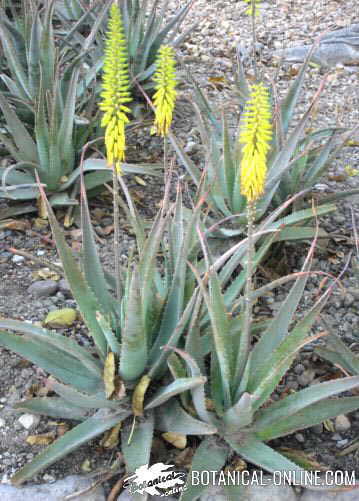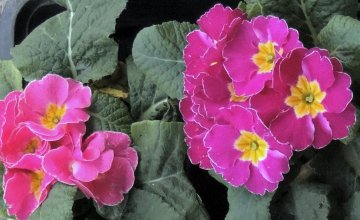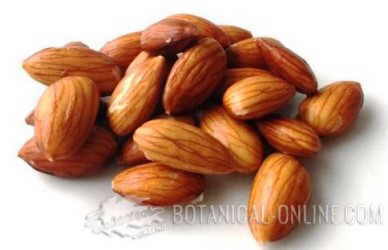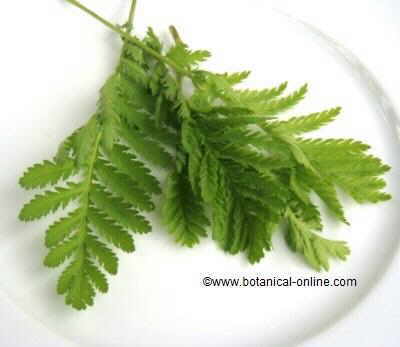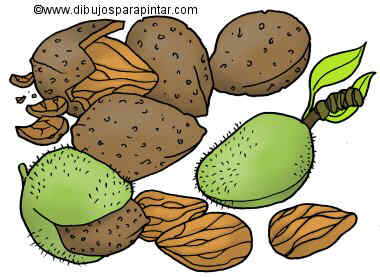Contents
Characteristics of Arctotis stoechadifolia
Botanical characteristics of the African daisy
Common name: African daisy, silver arctotis, kusgousblom, blue-eyed African daisy, arctotis, aurora daisy, trailing daisy, white arctotis
– Spanish: Margarita africana
Scientific name: Arctotis stoechadifolia
Taxonomic synonyms: Arctotis rosea, Arctotis venusta
Etymology: The genus Arctotis was named by Linnaeus and comes from the Greek arctos, which means bear; and otis, ear. It refers to the fine hairs of the plant, which look like “bear ears.”
Family: Compositae
Origin: Endemic to South Africa.
Habitat: dunes, coastal sandbanks, fields. It grows in full sun.
Distribution: Naturally the West coast of South Africa. Invasive species in certain regions
Physical characteristics of the African daisy
The African daisy (Arctotis stoechadifolia) is a perennial plant of the Compositae family.
It has woolly, grayish, hairy stems, 40-60cm. tall. This species can form clumps of up to 120cm. long.
Leaves are lobed, soft, slightly sticky and have a strong odor when touched. Serrated margins.
The inflorescence of this plant is typical of composite plants, and is called capitulum. This type of inflorescence composed of tens or hundreds of tiny flowers.
The capitulum or flower head is made up of hermaphroditic, purple tubular flowers.
On the periphery of the disc floret there are ray florets with white or purplish ligules, resembling petals.
It flowers in spring and summer months. The flowers open during the day and close at night.
The fruit is an achene with a large feathery pappus.
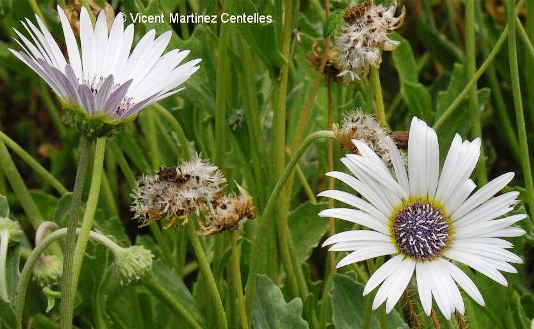
Botanical Classification of Arctotis stoechadifolia
| Botanical classification | |
| Kingdom | Plantae |
| Subkingdom | Tracheobionta Vascular plants |
| Superdivision | Spermatophyta Seed plants |
| Division | Magnoliophyta Flowering plants |
| Class | Magnoliopsida Dicotyledons |
| Subclass | Asteridae |
| Order | Asterales |
| Family | Asteraceae or Compositae |
| Subfamily | Cichorioideae |
| Tribe | Arctotideae |
| Subtribe | Arctotidinae |
| Genus | Arctotis |
| Species | A. stoecgadifolia |
![]() More information on Aster plants
More information on Aster plants



